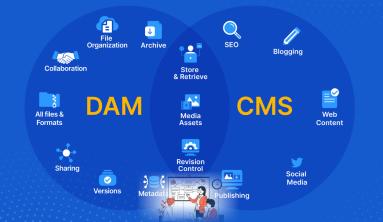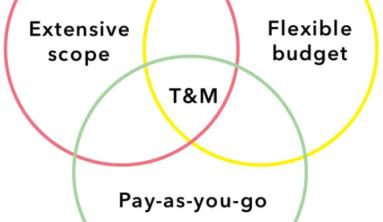Pimcore rocks as an advanced enterprise CMS, AMS, PIMS, what have you. We have been using it in a corporate environment as our asset management system since v1.2 and are using v1.4.1 right now and loving it.
Disadvantages
General Disadvantages (when compared to the run of the mill popular CMS's like Joomla/Drupal/Wordpress etc):
- Steeper development learning curve, need to know Zend framework and Extjs if you want to modify the admin area or add plugins (although i consider most of the older CMS's to be a nightmare to develop on).
- Advanced admin UI, Not end user friendly for standard cms tasks like adding a page. Not immediately clear how to add a page, add to custom navigations, etc.
- Coder required to get it setup and really use it to its potential.
- Backend plugin work requires both front-end/Extjs/ajax knowledge and backend/PHP/Zend framework/Mysql knowledge.
- Runs best on a dedicated machine, needs lots of processing and power for the Zend framework to be fast and putting on shared hosting requires some tweaking to get working.
- Still early product so some things like branding the admin and other minor stuff is not that flexible yet. Not everything is completely easily modifiable without touching the core yet.
- Not a ton of themes or add-ons yet.
- A little tough to contribute, can't just fork it on github etc.
- No front end login/registration/members area module, you need to code it yourself if you need front end user authentication as of present.
Advantages:
- From an architectural standpoint it is super powerful and extensible and can do anything with it since it is completely based on an object/asset/document model with an API to use those objects and a plugin architecture to customize the admin. This is a great model for a catalog of items, which most CMS's revolve around but not limiting in any way.
- Coding is pleasant using the Pimcore API and Zend Framework/ExtJS and fairly bug free for major features.
- Lots of built in features out of the box that enterprise systems need like users/groups/permissions, versions, scheduling, cacheing, cdn, and i18n internationalization.
- Lots of wow factor user interface stuff in the admin using ExtJS framework like drag and drop, grids, editing objects.
- Modern website editing features/flexibility with in place editing, drag and drop/reorder content, content blocks, snippets and so on.
- Not very many roadblocks or limiting factors, basically it's open to anything you want to do and rarely do you run into something that is a complete road block requiring editing core files.
- Most use cases are covered and flexible enough to allow improvements and customization without being a nightmare.
- Built in upgrading mechanism.
- Plugin architecture.
- PHP Unit testing plugin.
- Built in admin UI for creating extensible classes and objects.
- Admin UI for laying out the screens that allow editing object data using many preconfigured ui controls like textboxes, sliders, checkboxes, etc.

Even though in early phases it is an excellent enterprise cms framework and will handle any task but be prepared to dive into code figure out stuff as you go. I'm sure this will change as it matures and they make it easier for people to contribute code and open up a marketplace for addons. Currently I wouldn't say it's a replacement for regular websites using Wordpress or Drupal with tons of themes and addons and end user UI fanciness for normal website CMS operations. But since you are a coder and don't mind writing your addons using Extjs and Zend then it's well worth the flexibility in my mind. My recommendation right now is to go with concrete5 if you want a modern Zend MVC CMS website replacement that is easy to use but still pleasant to develop on. Over time Pimcore will give all CMS a run for their money though due to it's awesome architecture.






